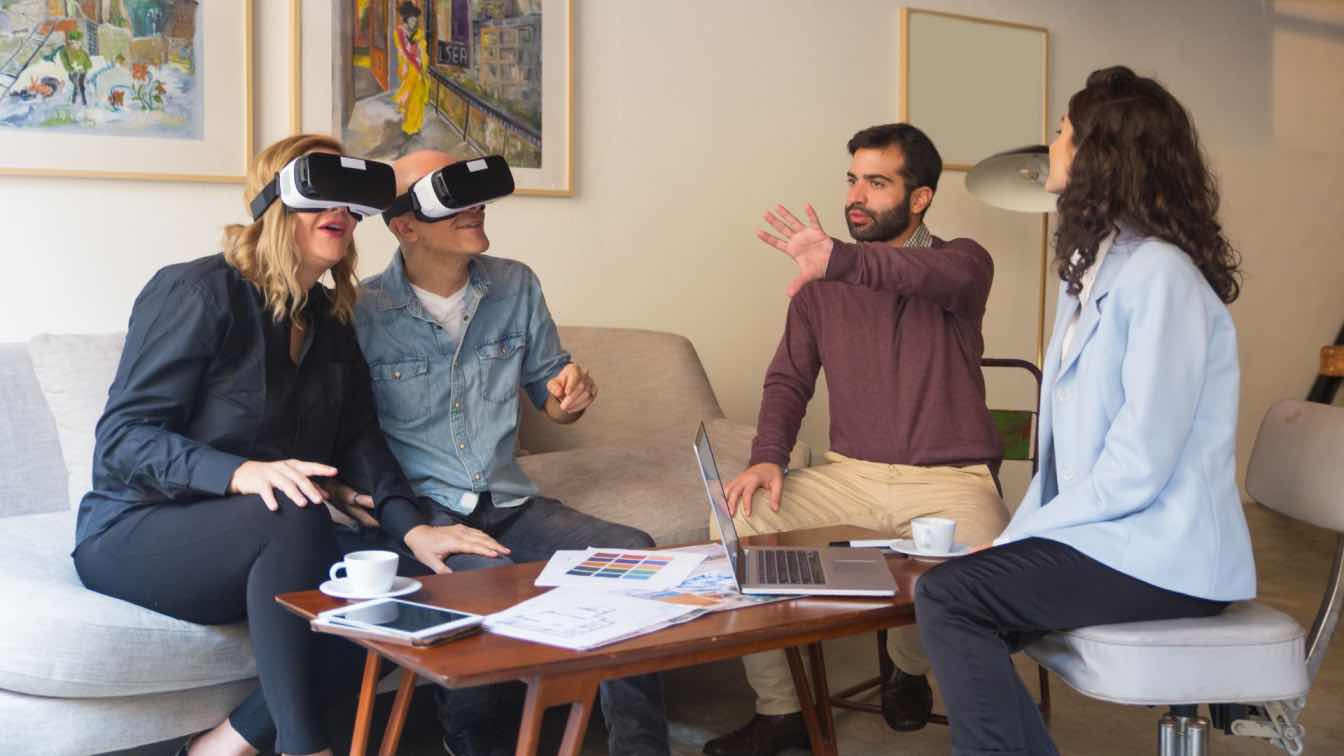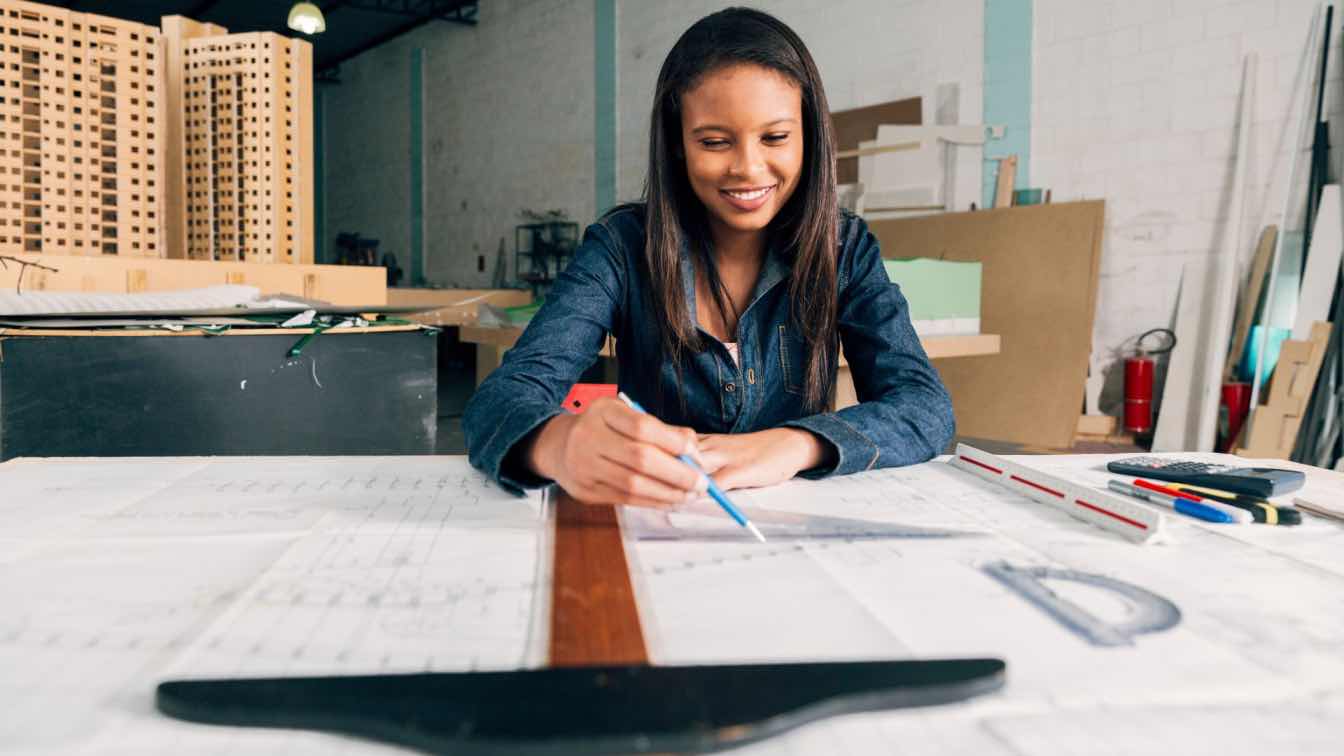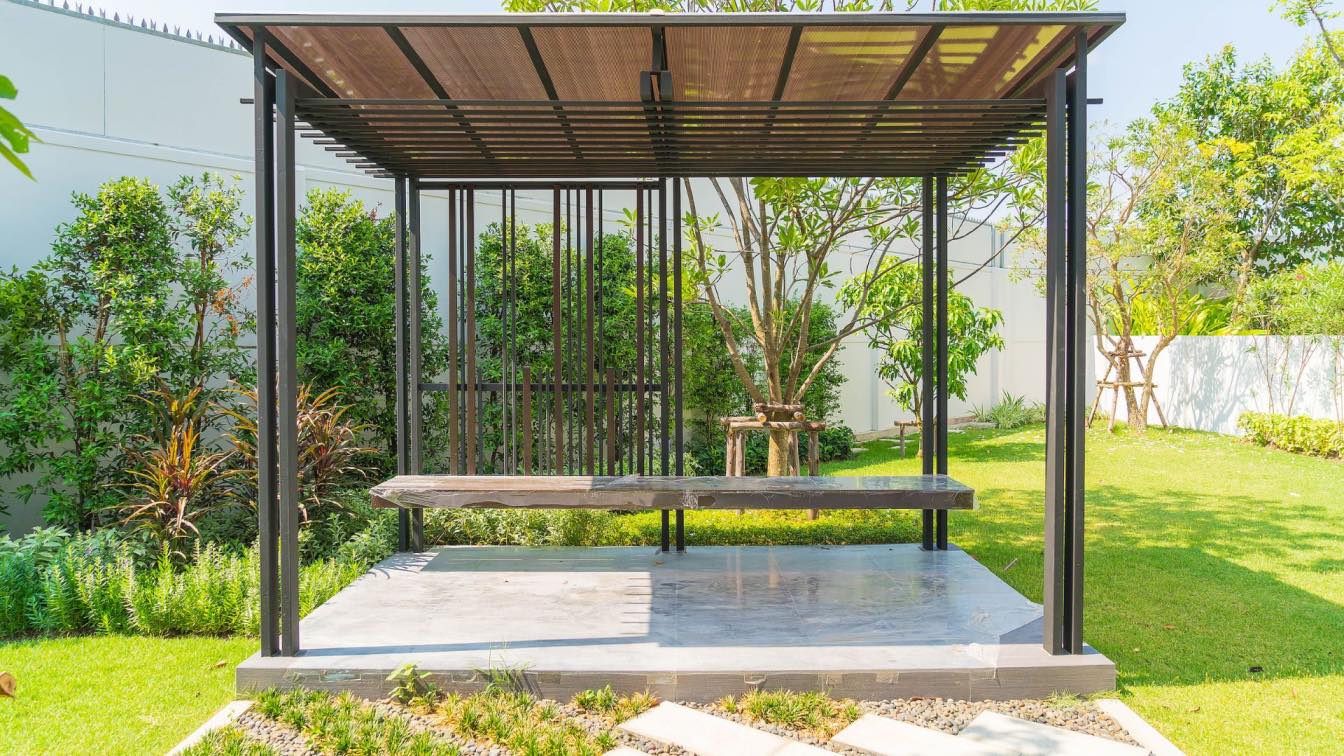Buildings and interiors are not merely conceived as functional or aesthetic backdrops nowadays. Experimental design is shaping a new way of interacting in the space and with the space. Through augmented reality, digital art and hybrid creative spaces, architecture is becoming more and more fluid. The designers’ job is to make an immersive space where anything can happen and new technologies are easily reachable.
Digital entertainment and architecture: experiential spaces
Digital entertainment is one of the most creative industries experimenting with design and architecture. Immersive experiences and augmented reality are now a staple of gaming and other forms of entertainment. For example, you can play on Draftkings via oddschecker, which is one of the best alternatives in this sector, creating continuity between the real and virtual worlds. This bond between entertainment and architecture can be explored outside of the gaming world. Think of immersive movies or museums you can visit remotely. It’s truly a revolution.
Immersive and multisensory experiences
Visual impact is no longer the only measure of judgement for digital, interactive spaces. Touch, feel, sound, even taste enter the picture. Ambient soundscapes, textured surfaces and carefully choreographed lighting create a holistic journey for users. This mix could be used in a gallery that pairs projections with spatial acoustics. As you walk through, the sound shifts depending on your location, creating a feeling that the architecture itself is listening and responding. Sensory design is the new frontier of art and architecture.
The role of digital technology
Smart technology is increasingly important in architecture and interior design. Buildings and spaces directly interact with human presence through projected maps, real-time data visualization and interactive screens. This is where multisensory experiences come into play to enhance the users’ interplay with spaces and buildings. A movement can trigger a visual or sound response, or an art exposition can be co-created with visitors. Technology is not here to supplant artists. Quite the opposite: a unique blend of traditional art and innovations will create new places where the human touch will be felt and seen.
Interactive art and spatial storytelling
Forget traditional art forms where the artist creates and the audience observes. Experiential design is based on interaction and storytelling. Despite many technological innovations, this thing remains true for all human beings: they crave stories. The challenge for artists and especially experiential designers will be how to immerse people in their art and invite them to co-create at the same time. Interesting experiments are being conducted by artists all over the world. The audience is no longer a mere onlooker, but a living part of the artwork.
Augmented reality and hybrid creative spaces
Augmented reality (AR) is a powerful tool in many industries, and is being used in experiential design overlaying digital content onto physical environments. For instance, using smart glasses or other devices, the audience can explore different layers of a building or discover its history across the centuries. Another way to include AR in artistic spaces is creating fantastic environments and characters, juxtaposed to the real place. This technology creates hybrid spaces where reality and imagination collide.
The future of experiential design
What will happen in the future with experiential design and digital art? Public and private spaces will become more and more interactive, allowing people to truly experience a place. Think visiting a historic palace and seeing both the real place and its foundations; or exploring an art exhibition and feeling like part of the artwork itself. Contemporary architecture will also become more fluid, allowing constructors and customers to see a building even before it’s completed or renovated. We are certain the future holds something great and excited to discover it.





